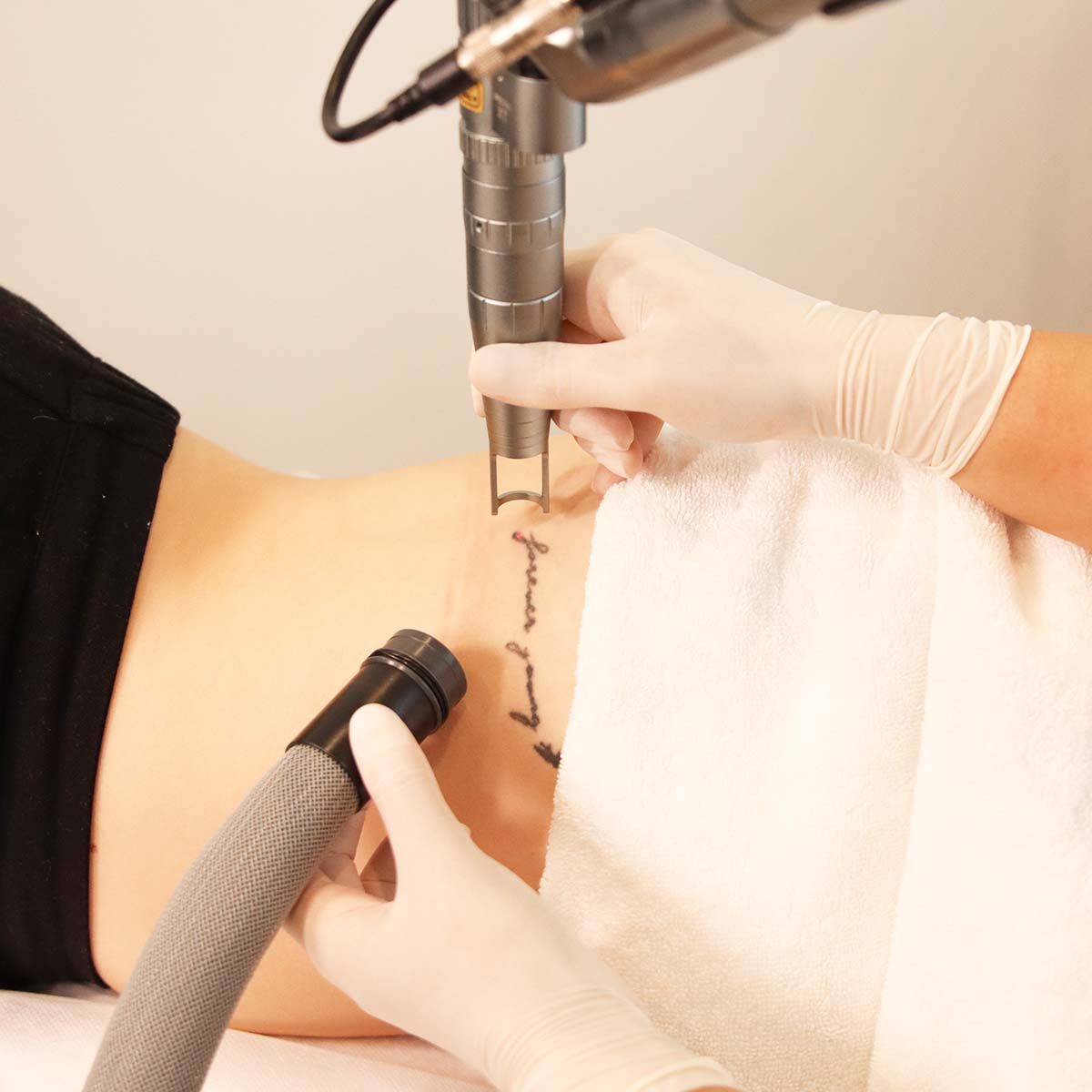The tattoo removal industry has rapidly evolved in recent years, leading to an increased demand for skilled technicians. Understanding the essential skills and knowledge required for tattoo removal training is crucial for anyone looking to enter this field. From mastering various tattoo removal techniques to ensuring client safety and satisfaction, professionals must be well-rounded. This article will outline the core competencies necessary for individuals pursuing a tattoo removal course, in order to excel and provide high-quality service.

Understanding Tattoo Removal Techniques
One of the foundational aspects of a tattoo removal course is the comprehension of various removal techniques. The most common method is laser tattoo removal, which utilizes focused light to break down ink particles in the skin. Different types of lasers are employed, including Q-switched lasers and picosecond lasers. Each comes with its own advantages, such as quicker treatment times and reduced discomfort. However, while laser removal is highly effective, it also comes with certain drawbacks, including potential pain during the procedure and the occurrence of side effects like redness and swelling. Understanding these pros and cons is essential for technicians as they guide clients in choosing the most suitable removal option for their tattoos.
Types of Laser Tattoo Removal
| Type of Laser | Pros | Cons |
|---|---|---|
| Q-Switched Laser | Effective for dark inks, minimal damage to surrounding skin | May require multiple sessions |
| Picosecond Laser | Faster treatment times, less discomfort | Generally higher costs |
Essential Skills for Tattoo Removal Technicians
To be successful in the field of tattoo removal, technicians must develop a set of essential skills throughout their training. First and foremost, technical skills are critical, as technicians must be proficient in operating equipment and executing procedures. Precision and attention to detail come into play to ensure each client achieves the best possible results. Additionally, effective client care and communication are vital skills for building rapport and understanding client expectations. This involves providing thorough consultations and explaining the process step-by-step. Lastly, technicians must be knowledgeable about safety and hygiene practices to protect themselves and their clients during procedures.

Client Care and Communication Skills
- Active Listening: Understand client concerns and expectations.
- Clear Explanation: Provide a detailed overview of the procedure and aftercare.
Knowledge of Skin Anatomy and Physiology
Another key area of focus in a tattoo removal course is the understanding of skin anatomy and physiology. Knowledge of the different layers of the skin is essential, as this affects how tattoo ink responds to various removal techniques. For instance, technicians should know that the epidermis, dermis, and subcutaneous layers all play a role in how ink settles and how it can be eliminated. Additionally, familiarity with the skin healing process aids technicians in setting realistic expectations for clients regarding the removal timeline and aftercare needs. Understanding different skin types and their unique characteristics can further assist technicians in tailoring their techniques to individual clients’ needs.
Skin Types and Variability
- Skin Type Recognition: Identify various skin types and tones.
- Customized Approach: Adjust removal techniques based on individual skin characteristics.

Business and Marketing Skills
In addition to technical skills, aspiring tattoo removal technicians should also be equipped with business and marketing skills. Understanding how to start a tattoo removal business includes knowing the legal requirements and regulations that govern the industry. This may include permits, insurance, and compliance with health regulations. Marketing strategies are equally important for attracting clients and growing a successful practice. Techniques such as social media marketing, online presence building, and community engagement can help technicians reach potential clients effectively. Overall, combining these skills promotes a well-rounded approach to establishing a successful tattoo removal practice.

Conclusion
In summary, professionals seeking a comprehensive tattoo removal training program must focus on a variety of skills and knowledge areas. From understanding various tattoo removal methods and skin anatomy to mastering client care and business strategies, each aspect contributes to long-term success in the industry. Continuous education and staying updated with industry trends will be vital for practitioners. Ultimately, equipping oneself with the right skills and knowledge is essential for meeting the demands of this growing field.
FAQs
1. What qualifications do I need to start tattoo removal training?
Most training programs require you to have a high school diploma or equivalent. Additionally, having certifications in esthetics or a related field can be beneficial.
2. How long does tattoo removal training typically take?
Tattoo removal training programs can vary in length, but they usually range from several days to a few weeks, depending on the depth of the curriculum.
3. Are tattoo removal techniques painful for clients?
Pain levels can vary from person to person. However, many professionals use topical anesthetics to minimize discomfort during procedures.
4. What are the risks associated with tattoo removal?
Possible risks include skin irritation, scarring, and changes in pigmentation. It’s crucial to consult with a qualified professional to understand and mitigate these risks.
5. Can all tattoos be removed completely?
While many tattoos can be significantly lightened or removed, results can vary based on factors such as ink type, tattoo age, and skin type. A consultation is essential for understanding achievable outcomes.
